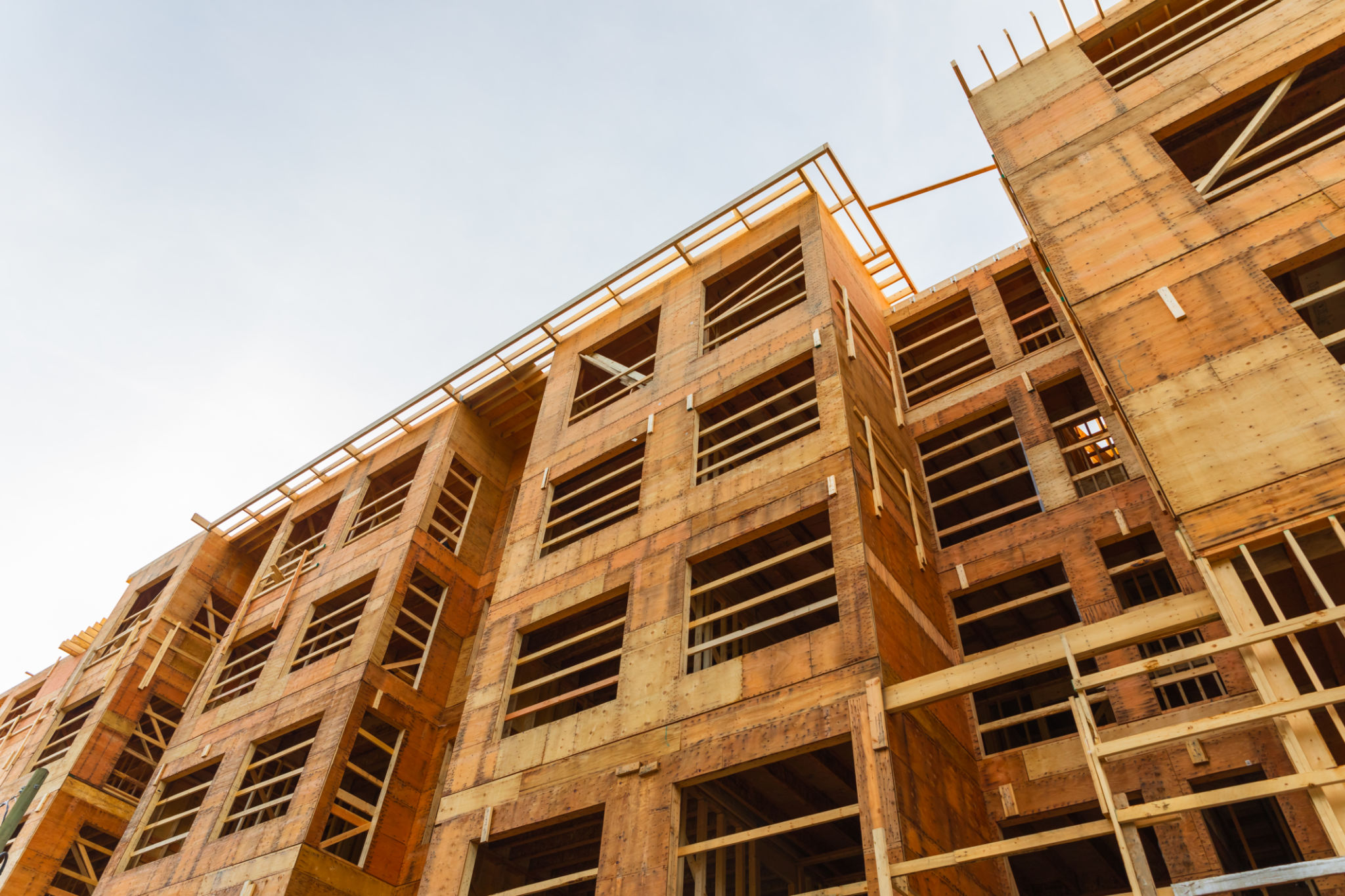Understanding Structural Analysis Services: Ensuring Safety in Dubai's High-Rise Buildings
Introduction to Structural Analysis Services
Structural analysis services are a critical component in the construction and maintenance of high-rise buildings, especially in cities like Dubai, known for its iconic skyline. These services ensure that buildings can withstand various loads and forces, guaranteeing the safety and durability of the structures.
In a rapidly developing city, the role of structural analysis becomes even more important. It involves assessing the strength, stability, and rigidity of structures to prevent potential failures that could lead to catastrophic consequences.

The Importance of Structural Analysis in High-Rise Buildings
High-rise buildings are subjected to unique challenges due to their height and exposure to environmental factors. Structural analysis helps in identifying potential risks and provides solutions to mitigate them. This includes analyzing the effects of wind loads, seismic activities, and temperature changes.
Engineers use advanced software and computational models to simulate different scenarios and assess the building's response. This ensures that the structure can handle unexpected events while maintaining its integrity and safety for occupants.
Key Aspects of Structural Analysis
Structural analysis involves several key aspects, including:
- Load Analysis: Evaluating all possible loads that a building may encounter, such as dead loads, live loads, wind loads, and seismic loads.
- Material Assessment: Determining the suitability of construction materials to ensure they meet safety and performance standards.
- Structural Modeling: Creating detailed models to predict how different structural elements will behave under various conditions.

Ensuring Safety Through Advanced Techniques
Modern structural analysis employs advanced techniques and technologies to enhance safety. These include finite element analysis (FEA), which allows engineers to conduct detailed examinations of complex geometries and material behaviors.
Moreover, Building Information Modeling (BIM) is increasingly being integrated into structural analysis processes. BIM facilitates improved collaboration between architects, engineers, and construction teams, ensuring that all stakeholders are aligned in maintaining high safety standards.
The Role of Regulations and Standards
In Dubai, strict building codes and regulations govern the construction of high-rise buildings. These standards are designed to ensure that all structures are safe, resilient, and capable of withstanding environmental challenges. Structural analysis services play a vital role in ensuring compliance with these regulations.

Challenges in Structural Analysis for High-Rise Buildings
While structural analysis is essential for ensuring safety, it also presents unique challenges. The complexity of high-rise buildings requires precise calculations and thorough assessments. Additionally, engineers must consider innovative architectural designs that often push the boundaries of traditional engineering principles.
Furthermore, the dynamic nature of urban development in Dubai means that engineers must continuously update their knowledge and skills to adapt to new technologies and methodologies.
The Future of Structural Analysis in Dubai
As Dubai continues to grow and evolve, the demand for advanced structural analysis services will only increase. The future will likely see more integration of artificial intelligence and machine learning to predict structural performance with greater accuracy.
Ultimately, the goal is to create safer, more efficient buildings that contribute to Dubai's reputation as a leader in architectural innovation and urban development.
